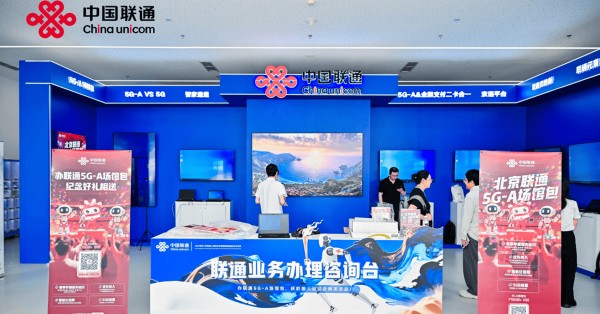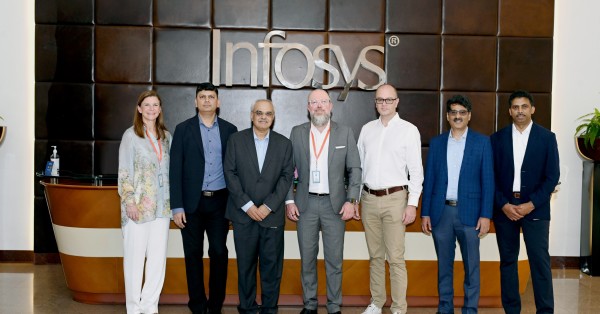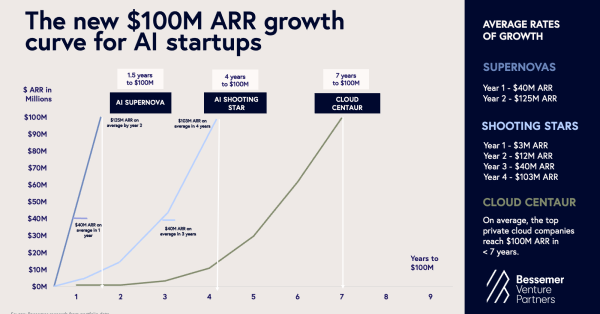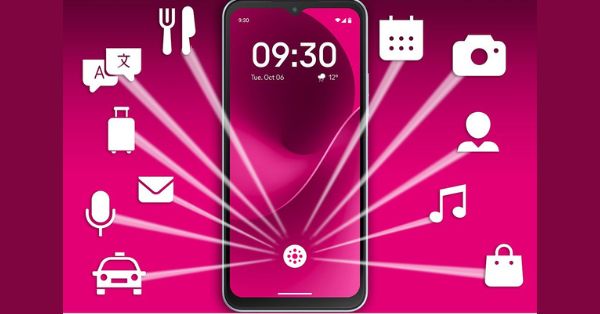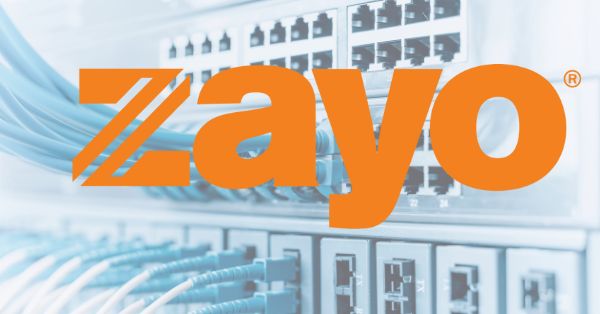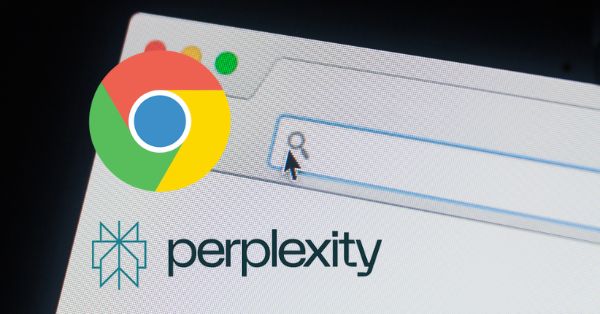AT&T’s AI Journey: Embracing Generative AI
Artificial Intelligence (AI) has long been a cornerstone of AT&T’s technological advancements. However, the advent of Generative AI marks a new era of innovation and accessibility within the company. AT&T’s proprietary Generative AI tool, Ask AT&T, exemplifies this leap forward, revolutionizing how employees across various departments interact with technology and data.
The Evolution of Ask AT&T: Generative AI Transformation
Ask AT&T, initially launched to enhance software development, has rapidly expanded its scope. This intuitive, conversational platform allows over 68,000 AT&T employees to engage with AI in plain English (or other languages). By the end of September, AT&T aims to extend access to all management employees, underscoring its commitment to widespread AI adoption.
Transformative Use Cases of Ask AT&T’s Generative AI
Software Development and Coding:
Ask AT&T was initially designed to assist software developers in writing and refining code. This tool has evolved to include a Generative AI-powered vulnerability remediation feature, capable of detecting and automatically patching software issues. This reduces response times from days or weeks to seconds, allowing developers to focus on innovation rather than troubleshooting. According to a report from Gizmodo, this tool has significantly improved the efficiency of coding and debugging processes at AT&T.
Data Analysis and Querying: One of the most exciting enhancements of Ask AT&T is its ability to analyze data. By automatically detecting fields, joining tables, and creating code, Ask AT&T turns human language into a powerful tool for data insights. This capability opens up new ways for employees to interact with and extract value from the vast data flows within AT&T’s network. This functionality enables AT&T employees to gain real-time insights, facilitating better decision-making and operational efficiency.
Interoperability with Multiple LLMs: Built initially on OpenAI’s ChatGPT, Ask AT&T is also interoperable with other Large Language Models (LLMs) such as Meta’s LLaMA 2 and the open-source Falcon transformers. This flexibility ensures that AT&T can leverage the best LLM for each specific application, optimizing both performance and cost. This adaptability is crucial as it allows AT&T to stay ahead in the rapidly evolving AI landscape, providing tailored solutions across various business functions.
Broadening Applications Across Departments: Beyond software development, Ask AT&T is being integrated into network engineering, finance, supply chain management, and more. The tool is continuously trained on new data, enabling it to assist with a variety of tasks, from analyzing contracts and financial materials to enhancing customer service efficiency and combating fraud. This broad application underscores the tool’s versatility and its potential to revolutionize operations across the board.
Andy Markus, Chief Data Officer at AT&T, emphasized the importance of having a human in the loop at every step of the GenAI process. While GenAI is a great facilitator for tasks such as coding or operating the network, the human element is essential to keep hallucinations in check. This approach ensures that while GenAI enhances productivity, it remains guided by human oversight.
To address IP concerns, AT&T decided to keep everything in-house for its Ask AT&T tool by training the LLMs on its own vast amount of internal data. This approach ensures that sensitive and personal information isn’t included in the query or the output and checks for plagiarism, keeping AT&T’s intellectual property secure.
AT&T’s Advanced AI Initiatives with NVIDIA
AT&T’s collaboration with NVIDIA exemplifies its commitment to leveraging AI and Generative AI technologies. Key initiatives include:
Vehicle Routing Optimizations: Using NVIDIA CuOpt, AT&T optimizes routing for field technicians, improving efficiency and reducing operational costs. This not only enhances the productivity of field operations but also ensures timely service delivery to customers.
Digital Avatars and Training: Digital avatars are being developed to support and train employees, enhancing the learning experience and operational readiness. These avatars simulate real-world scenarios, providing interactive and immersive training sessions that prepare employees for various operational challenges.
Real-Time Inferencing and Data Processing: The deployment of NVIDIA Triton Inference Server and RAPIDS AI software accelerates data processing, doubling speed and halving costs in some cases. This real-time inferencing capability is crucial for traditional AI/ML applications and the Ask AT&T platform, enabling efficient data handling and rapid response to operational needs.
Ensuring Ethical AI and Data Security at AT&T
Ethics and data security are integral to AT&T’s AI strategy. The company prioritizes protecting customer data and ensuring that AI technologies are used fairly and responsibly. This commitment is reflected in AT&T’s consistent target architecture, which harmonizes the use of platforms, tools, and databases across all business units. By maintaining a single source of truth, AT&T ensures data integrity and uniformity in AI applications, mitigating risks associated with data breaches and ensuring compliance with regulatory standards.
With the realization that Gen AI large language models (LLMs) have the potential to create incorrect results, or hallucinations, based on false information that is gathered, AT&T crafted its AI guidance principles. One of the primary concerns over the use of generative AI is the lack of clarity about which source code or open language is being used as information is gathered, which could lead to LLMs accessing an author’s or company’s intellectual property without their permission. AT&T created its own set of core principles for the use of GenAI, mirroring similar guidelines issued by the US federal government and other entities.
Future Prospects: Generative AI in AT&T’s Strategy
AI-Driven Customer Experience: AT&T is exploring ways to integrate AI into customer service operations more deeply. By leveraging Generative AI, AT&T aims to provide more personalized and responsive customer support, addressing issues promptly and efficiently. This proactive approach is expected to enhance customer satisfaction and loyalty.
AI in Network Optimization: AT&T plans to extend the use of Generative AI to optimize its vast network infrastructure. AI-powered tools will assist in monitoring network performance, predicting potential issues, and implementing preventive measures. This will ensure a more reliable and efficient network, meeting the growing demands for connectivity.
Innovation in Product Development: Generative AI is poised to play a significant role in AT&T’s product development process. By automating complex tasks and providing data-driven insights, AI will accelerate the creation of innovative products and services, keeping AT&T at the forefront of technological advancements. AT&T is also exploring the use of GenAI for summarizing image components, which can be useful for resolving issues based on pictures taken by customers or field technicians. This capability could automate problem resolution, further enhancing operational efficiency.
Conclusion: AT&T’s Generative AI Empowering Growth
AT&T’s pioneering efforts in Generative AI are transforming the company’s operations and empowering its employees. By expanding the capabilities and accessibility of Ask AT&T, AT&T is fostering a culture of innovation and efficiency. As AI technology continues to evolve, AT&T remains at the forefront, leveraging AI to achieve its strategic goals and maintain its position as a leader in the telecommunications industry. The ongoing advancements in AI not only enhance operational efficiency but also drive new business opportunities, positioning AT&T for sustained growth and success in the digital age.





